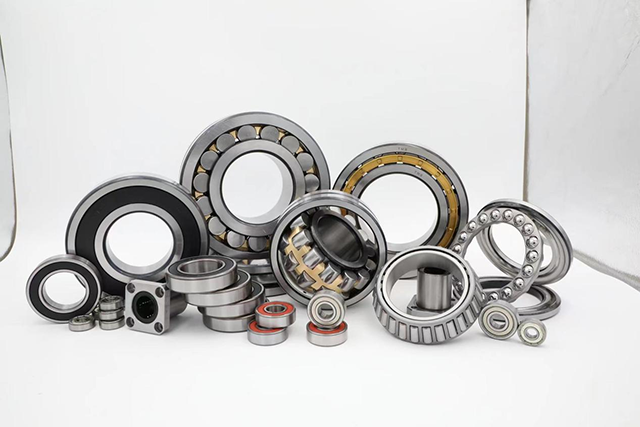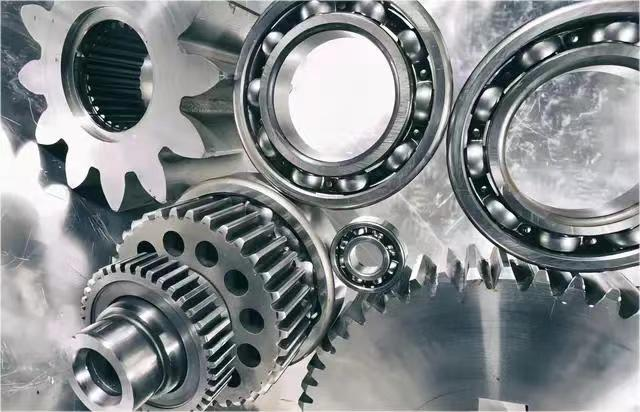When choosing a bearing, engineers must carefully weigh several critical factors, according to industry experts. The bearing type selected impacts performance and longevity.
Key considerations include load type and capacity, speed requirements, alignment allowances, operating conditions, desired bearing life, sealing systems, lubrication methods, mounting considerations, materials, and noise levels.
Bearings must match the load type – axial or radial. Load capacity must be sufficient for maximum static and dynamic loads. Some bearings accommodate both load types.
Certain bearings allow higher rotational speeds. Speed requirements should be analyzed. Misalignment and shaft deviation must also be accounted for. Self-aligning bearings can adjust for this.
Operating conditions like contaminants, noise, vibration, and shocks impact bearing selection. Seals and bearing configurations should be selected to withstand expected conditions.
Longer bearing life may be critical for some applications. Factors like speed and loads influence longevity. Proper sealing protects bearings from contamination based on lubricant type, pressure, and speed. Lubrication methods must be compatible with seals.
Ease of installation and preload capabilities may guide bearing options. Preload increases stiffness. Materials like metal, ceramic and plastic have different load and environmental suitability.
For noise-sensitive applications, quieter bearings may be required. Carefully weighing all operating conditions and requirements allows engineers to optimize bearing selection.
Experts emphasize a holistic analysis of the application and objectives when specifying bearings. With careful selection, bearings can deliver high performance and long operational life.
Post time: Oct-26-2023






